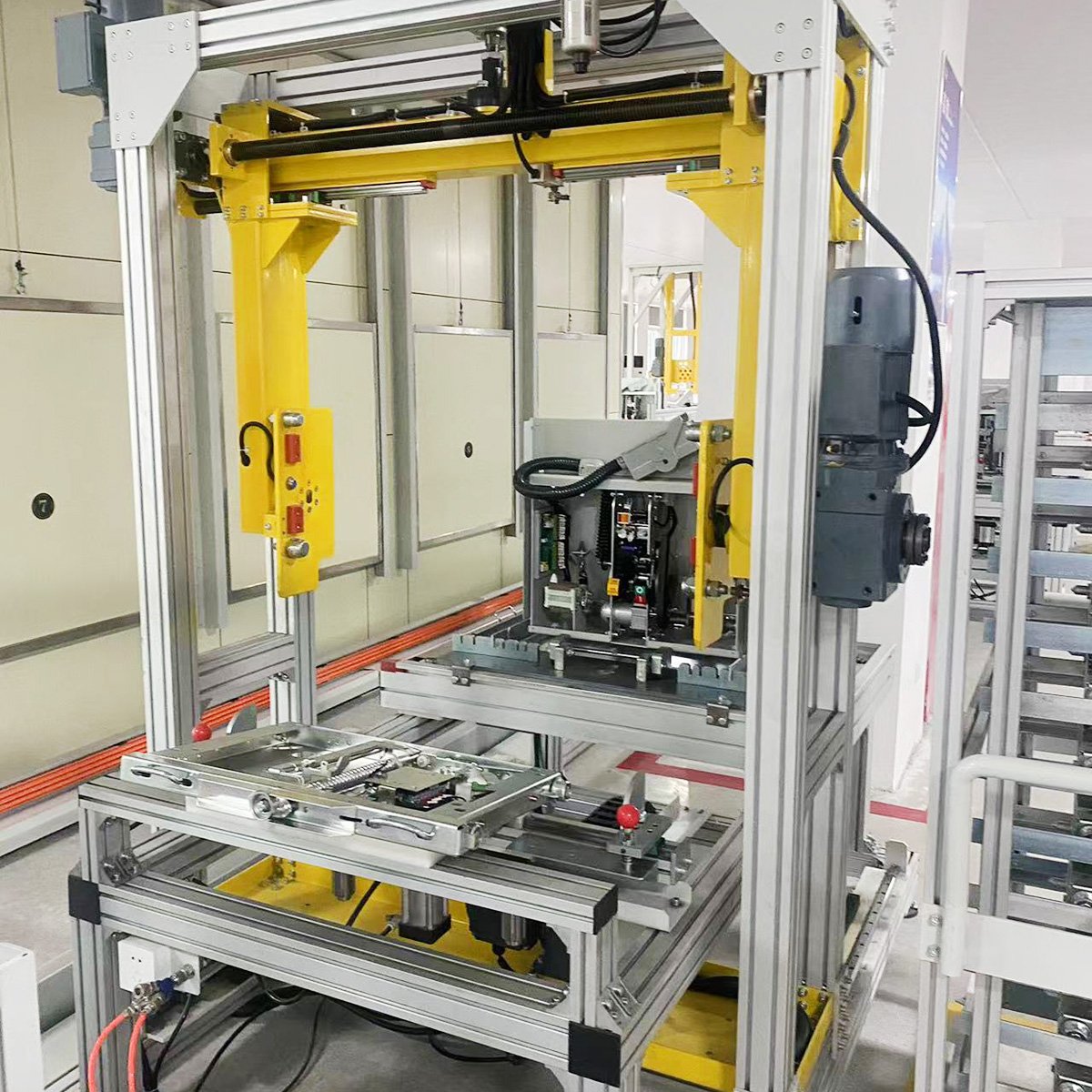Vacuum Circuit Breaker Base Assembly Automation Equipment

Vacuum Circuit Breaker (VCB) Base Assembly Automation Equipment plays a pivotal role in the manufacturing process of VCBs, offering a range of benefits that enhance efficiency, quality, and safety. This advanced machinery is designed to automate the assembly of the base or chassis of the VCB, which houses the vacuum interrupters and supports the overall structure.
The automation equipment typically includes robotic arms, conveyor systems, and precision positioning mechanisms that work in harmony to place components accurately and consistently. It eliminates the need for manual handling, reducing the risk of human error and ensuring that each VCB base is assembled to the exact specifications required.
One of the key advantages of this automation equipment is the increased production speed. By automating the assembly process, manufacturers can produce VCB bases at a faster rate, thereby meeting higher demand without the need for additional workforce. This also leads to cost savings, as fewer labor hours are required to produce the same quantity of units.
Moreover, the consistency achieved through automation ensures that each VCB base is assembled with uniform quality. This uniformity is critical for the reliable operation of VCBs in electrical distribution systems, where any deviation from the set standards could lead to performance issues or safety risks.
Safety is another significant benefit of using VCB Base Assembly Automation Equipment. By reducing direct human involvement in the assembly process, the risk of workplace accidents is minimized. Additionally, the automated equipment can operate continuously without fatigue, ensuring that safety standards are maintained throughout the production cycle.
In summary, the VCB Base Assembly Automation Equipment is an essential tool for modern manufacturing facilities producing vacuum circuit breakers. It not only increases production efficiency and cost-effectiveness but also ensures the high quality and safety of the end product, which is crucial for the reliable performance of electrical power distribution systems.
